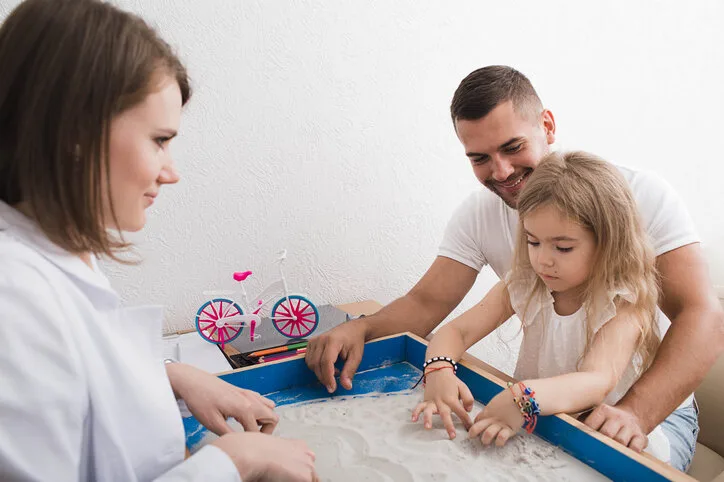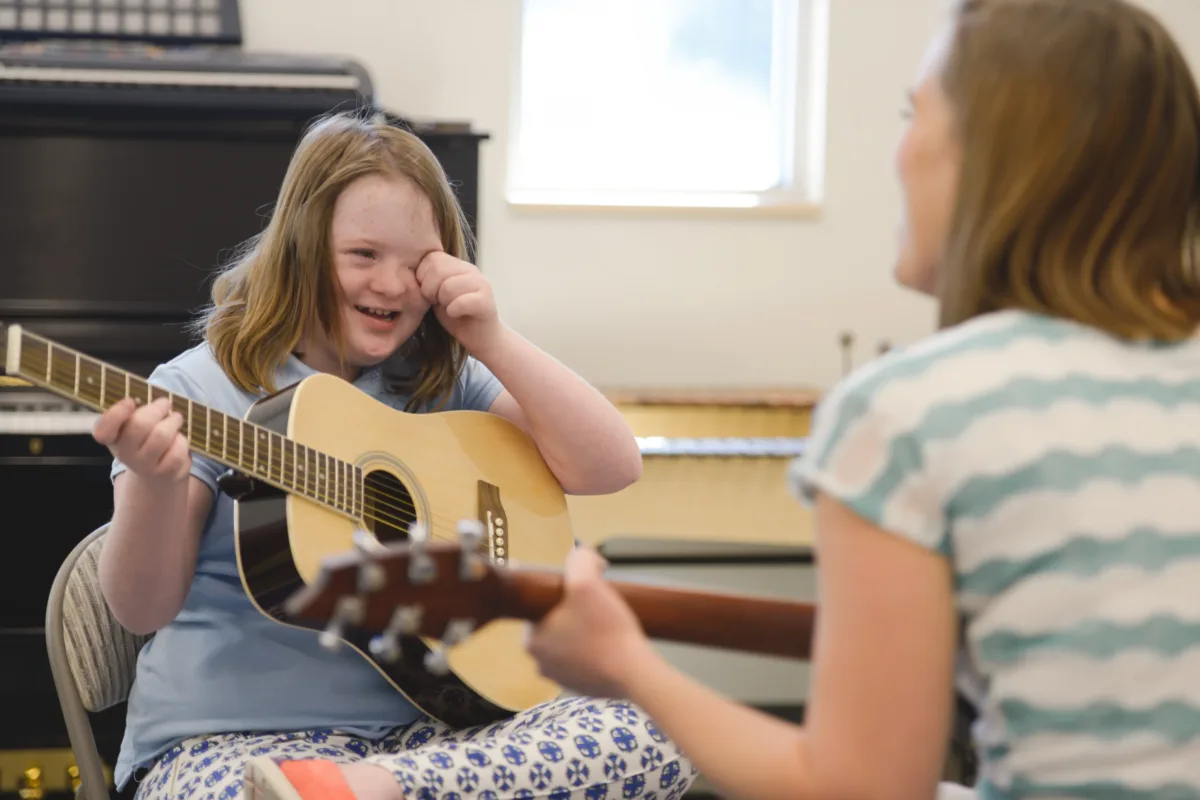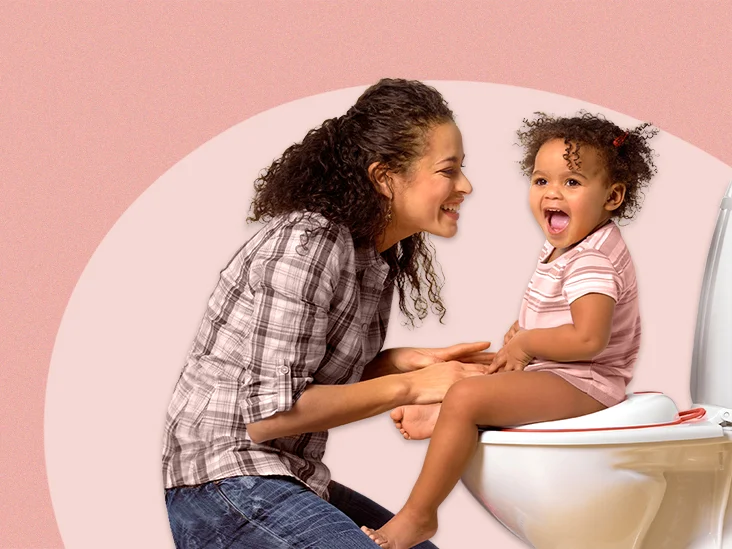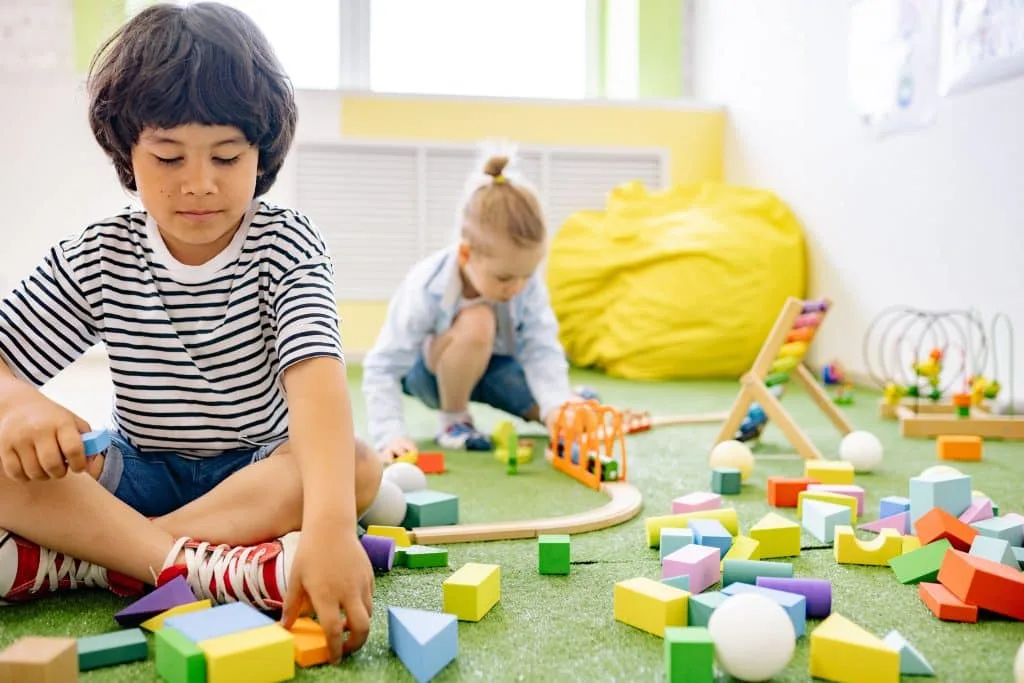Exploring the Synergy: Sensory Processing Disorder (SPD) and ADHD
In the realm of neurodevelopmental disorders, Sensory Processing Disorder (SPD) and Attention Deficit Hyperactivity Disorder (ADHD) often have a significant impact on the lives of those affected. While they are distinct disorders, recent research suggests a strong interplay between the two, leading to a complex web of challenges. This article delves into the relationship between SPD and ADHD, highlighting the role of sensory integration therapy in addressing overlapping symptoms and providing relief for individuals who may grapple with both conditions.
*Understanding SPD and ADHD: The Overlapping Struggles
Sensory Processing Disorder refers to difficulties in effectively processing and responding to sensory information from the environment. This can result in overreactivity, under reactivity, or erratic responses to stimuli such as sounds, textures, or lights. On the other hand, ADHD is characterised by hyperactivity, impulsivity, and inattention. Individuals with ADHD often struggle with maintaining focus, following instructions, and controlling impulsive behaviours.
What’s intriguing is the remarkable overlap in symptoms between SPD and ADHD. Many individuals diagnosed with ADHD exhibit sensory processing challenges, as attention and sensory processing are closely interconnected.
When ADHD is present, visual and auditory processing may also be impaired, making it difficult for individuals to concentrate or focus on tasks that require sustained attention. It’s important to note that while not all ADHD patients have SPD, a significant number of them do, further complicating their daily lives.
Addressing Overlapping Symptoms through Sensory Integration Therapy
Sensory Integration Therapy emerges as a promising approach in managing the intertwined struggles of SPD and ADHD. This therapeutic intervention seeks to help individuals better process and respond to sensory stimuli, thus improving attention, behaviour regulation, and overall quality of life.
Through carefully designed activities and exercises, sensory integration therapy aims to rewire the brain’s responses to sensory inputs. For example, activities like swinging, bouncing on a therapy ball, or tactile experiences with different textures help recalibrate the sensory system, leading to improved sensory processing.
By enhancing the brain’s ability to manage sensory information, individuals can experience increased focus, reduced impulsivity, and better self-regulation – all critical aspects of managing ADHD symptoms.
A Holistic Approach to Treatment
Effective treatment for those with co-occurring SPD and ADHD requires a multi-faceted approach. In addition to sensory integration therapy, behavioural therapy and occupational therapy play pivotal roles. Behavioural therapy equips individuals with strategies to manage impulsivity and enhance attention, while occupational therapy hones daily life skills for better functionality.
Beyond these traditional therapies, complementary approaches hold promise. Yoga and music therapy offer avenues to enhance self-awareness, self-regulation, and attention. Ayurvedic treatments for attention focusing like Nasyam and Dhara align with the holistic nature of addressing underlying imbalances. Lifestyle and dietary adjustments further contribute to the overall well-being of these individuals.
The Comprehensive Approach at Jeevaniyam Ayurveda
At the forefront of comprehensive treatment plans stands Jeevaniyam Ayurveda, offering a harmonious blend of therapies to address the multifaceted challenges of SPD and ADHD. Their integrated approach combines behavioural therapy, occupational therapy, sensory integration therapy, yoga, music therapy, and Ayurvedic interventions. By tailoring treatments to each individual’s unique needs, Jeevaniyam Ayurveda acknowledges the interconnectedness of sensory and cognitive functions, providing a holistic roadmap towards improved quality of life.
In conclusion, the intricate connection between Sensory Processing Disorder and ADHD underscores the necessity for a nuanced approach to treatment. Sensory integration therapy emerges as a pivotal tool in addressing overlapping symptoms, enhancing attention, and fostering self-regulation.
With the synergy of conventional and complementary therapies, comprehensive solutions like those offered by Jeevaniyam Ayurveda pave the way for individuals to navigate the challenges posed by these co-occurring conditions.











